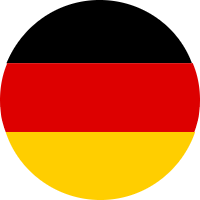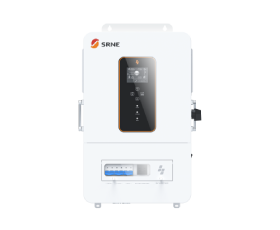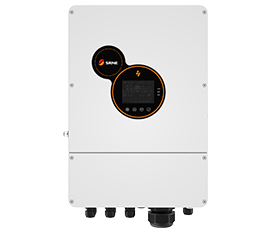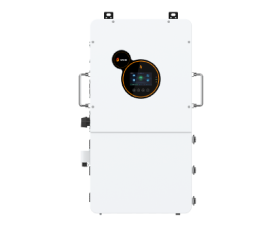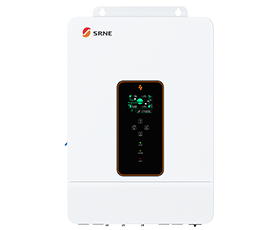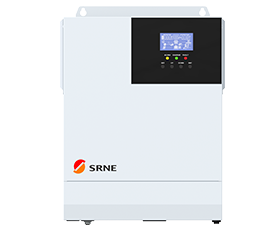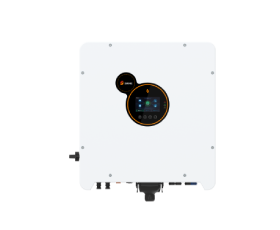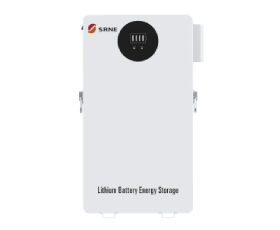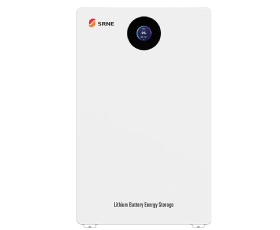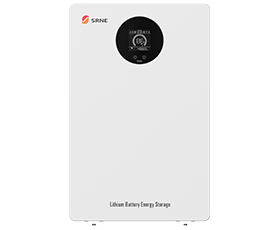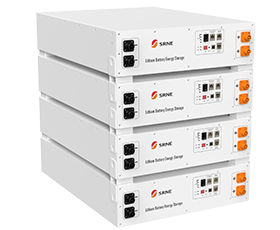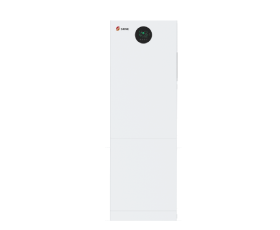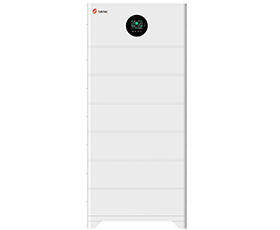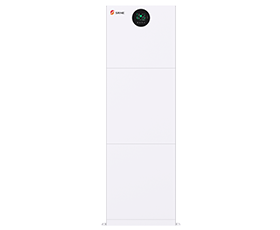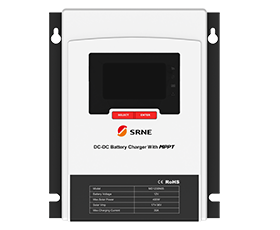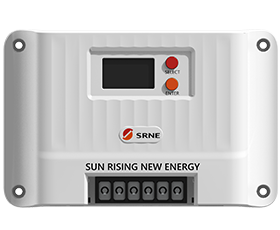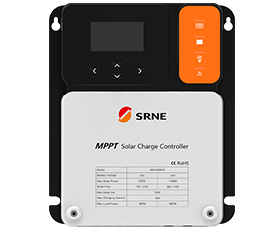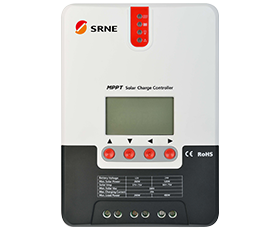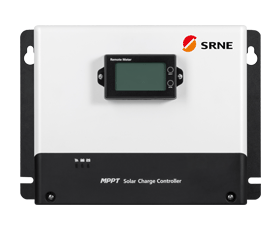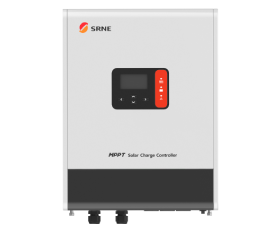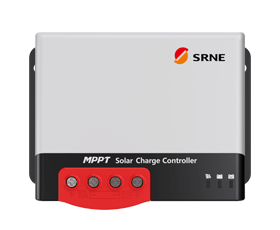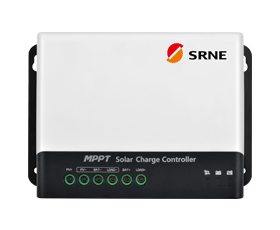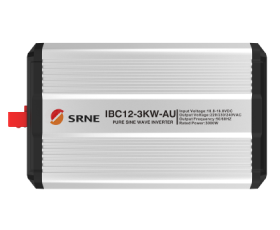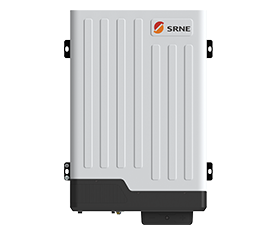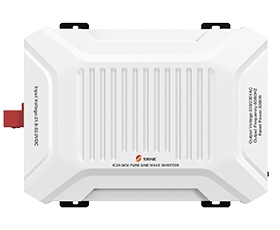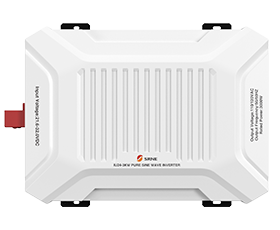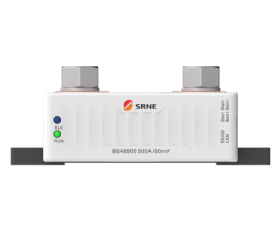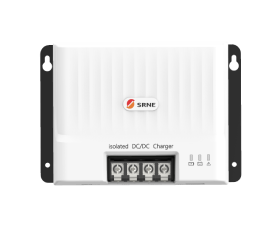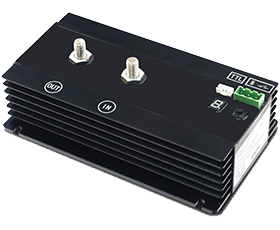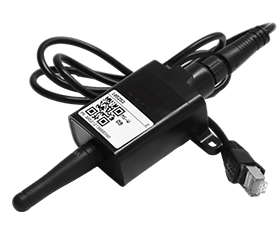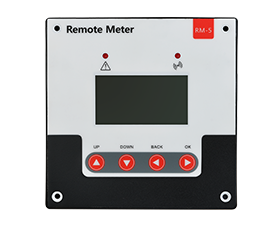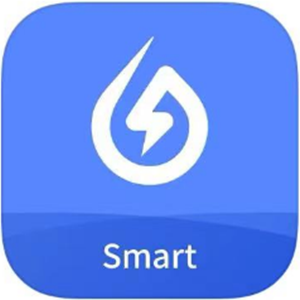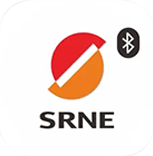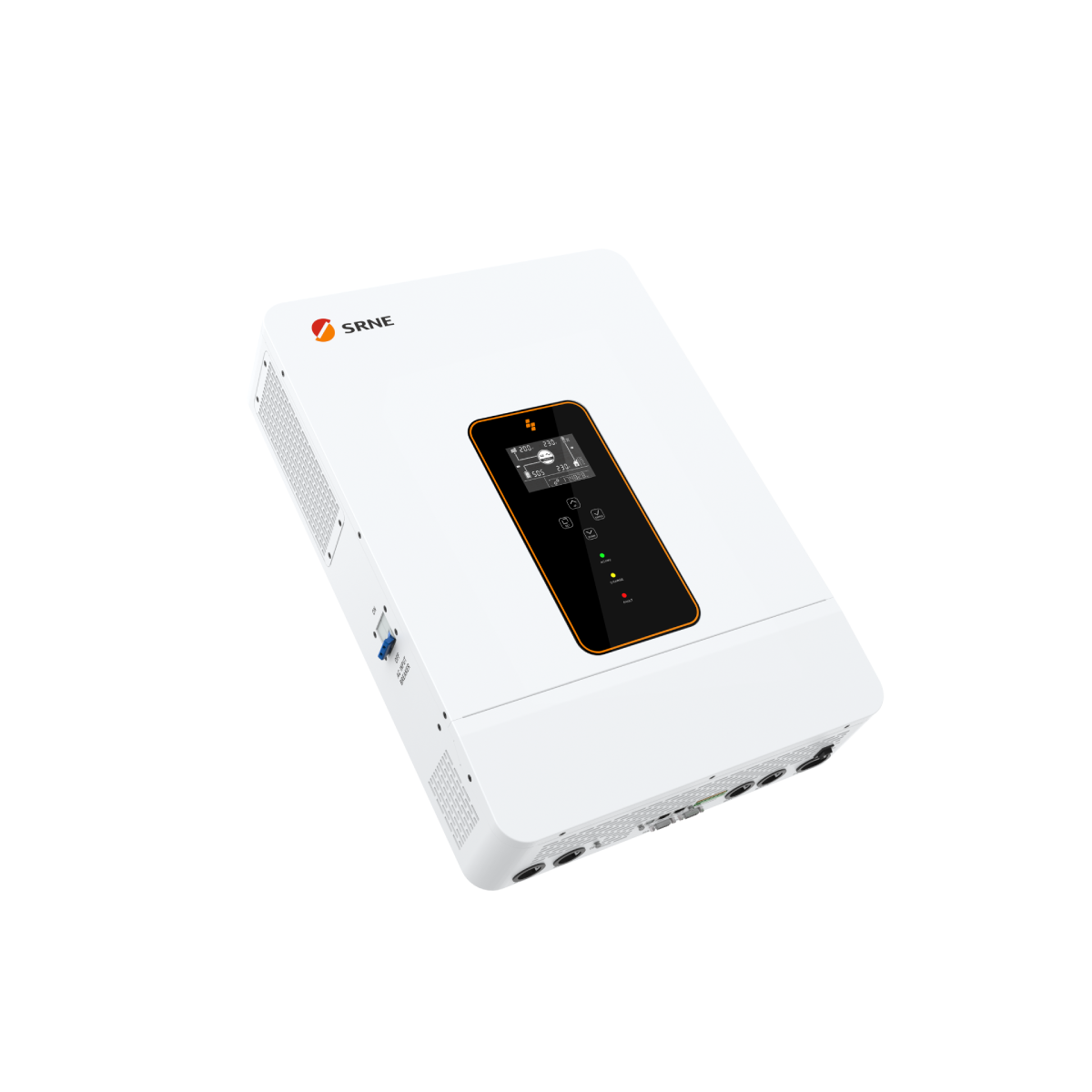How Does a Solar Charge Controller Work?
Whether you're new to solar technology or looking to upgrade your setup, this article will walk you through what a solar charge controller is, how it works—especially the advanced MPPT type—and why it’s an essential part of any reliable solar installation.
Learn more:
https://www.srnesolar.com/product/Charge-Discharge-Controller.html
1.What is a solar charge controller?
A solar charge controller is a vital device in solar energy systems that manages and regulates the flow of electricity between solar panels and batteries. Acting as a smart gatekeeper, its primary purpose is to protect batteries by preventing issues such as overcharging, deep discharging, or reverse current flow—problems that could severely shorten battery lifespan and damage system components.
Moreover, solar controllers enhance the overall efficiency, reliability, and safety of solar installations. While there are two main types available—PWM and MPPT—the PWM controllers are simpler and more affordable, whereas MPPT solar charge controllers offer greater efficiency and advanced power-tracking capabilities, making them highly effective, especially in variable weather conditions.
Learn more:
https://www.srnesolar.com/product/Solar-Charge-Controller.html
2.How a Solar Charge Controller Works
A solar charge controller serves as the central management unit of a solar power system, carefully guiding energy from solar panels to batteries by continuously monitoring electrical output and battery condition. It dynamically responds to changing sunlight and temperature conditions—particularly through MPPT technology—to identify and maintain the ideal power output, maximizing efficiency.
By converting fluctuating solar panel voltages into precise charging currents, solar controller safely replenishes battery charge through several charging stages, such as bulk, absorption, and float phases, safeguarding batteries against issues like overcharging or deep discharge.
Additionally, solar controller includes protective functions that stop reverse currents from draining batteries at night or in low-light scenarios, enhancing overall system reliability and prolonging battery lifespan.
Learn more:
3.Advantages of Using an MPPT Solar Charge Controller
Higher Energy Efficiency
MPPT controllers can extract 10–30% more power from solar panels compared to PWM models by constantly tracking and adjusting to the optimal power point.
Improved Performance in Changing Weather
They adapt quickly to fluctuations in sunlight, shading, and temperature, maintaining stable output even in less-than-ideal conditions.
Reduced System Costs Over Time
Since MPPT controllers make better use of available solar power, fewer panels may be needed to meet energy demands, reducing initial setup costs.
Longer Battery Life
By delivering accurate and efficient multi-stage charging, MPPT controllers help prevent overcharging or undercharging, extending battery health and lifespan.
4..Components and Circuitry of an MPPT Controller
Here’s a detailed and clear description of the key components and circuitry of an MPPT solar charge controller, structured according to your provided outline and optimized to avoid redundancy with existing online content:
4.1 DC/DC Converter(Buck or Buck-Boost Converter)
At the core of an MPPT solar charge controller is the DC to DC Solar Charge Converter—usually designed as either a buck or a buck-boost converter—that effectively manages voltage transitions. Specifically, a buck converter steps down higher solar panel voltages to a lower, controlled voltage suitable for battery charging, while a buck-boost converter offers flexibility, dynamically increasing or decreasing voltage based on varying input conditions.
To achieve this smoothly, the converter employs rapid electronic switching, typically via MOSFET transistors, along with inductors and capacitors, which together help maintain steady and efficient voltage conversion. By precisely controlling these voltage adjustments, the converter minimizes energy losses, ensuring maximum power from solar panels reaches the batteries safely and efficiently.
Learn more:
https://www.srnesolar.com/product/Dual-battery-Controller.html
4.2 Microcontroller (for Tracking Algorithm)
The microcontroller is the control center of the MPPT solar charge controller, responsible for executing the logic that maximizes energy conversion. Its primary role is to analyze incoming electrical data from the solar panels—specifically voltage and current readings—and determine the most efficient point at which the panels can operate, known as the Maximum Power Point (MPP).
To do this, the microcontroller uses intelligent tracking algorithms, such as Perturb & Observe or Incremental Conductance, which help it respond dynamically to environmental changes like shifting sunlight, cloud cover, or temperature variations. Based on these calculations, it sends precise commands to the DC to DC solar charge controller, adjusting the timing and width of its switching signals (also known as the duty cycle) to fine-tune how much energy is transferred.
This real-time adjustment ensures that the system continually adapts to get the most power possible from the solar array. Ultimately, the microcontroller’s responsiveness, processing efficiency, and algorithm quality are key to the MPPT controller’s overall performance, allowing it to maintain high energy yields even under less-than-ideal solar conditions.
4.3 Voltage and Current Sensors
Voltage and current sensors form the feedback backbone of an MPPT charge controller, supplying the real-time measurements needed for accurate power regulation. Voltage sensors track both the input voltage coming from the solar panels and the output voltage directed to the battery, allowing the system to assess whether the energy levels are within optimal charging parameters.
Meanwhile, current sensors measure the actual flow of electricity through the system—monitoring how much current is being produced by the solar array and how much is entering the battery. These readings help the controller understand the overall energy behavior and performance of the system. By continuously feeding this data to the microcontroller, the sensors support real-time adjustments, ensure safe operation under changing conditions, and prevent issues such as battery overloading, system inefficiencies, or electrical anomalies. This seamless coordination between sensing and control is what enables MPPT technology to deliver stable, adaptive, and efficient energy conversion.
4.4 Simplified Circuit Diagram and Explanation
In a simplified MPPT charge controller circuit, the process begins when solar panels generate DC electricity, which is first routed through voltage and current sensors. These sensors continuously monitor real-time electrical values—such as input voltage, output voltage, and current flow—and relay this data to the microcontroller.
Using this information, the microcontroller identifies the system’s Maximum Power Point (MPP), where the solar panels operate with maximum efficiency. It then commands the DC/DC converter to adjust the voltage accordingly, either stepping it down or modifying it to match the optimal charging voltage required by the battery.
Primarily,The DC/DC converter uses high-frequency switching and energy storage components like inductors and capacitors to perform this voltage transformation with minimal energy loss. The processed, stable output is then directed to the battery for efficient and safe charging. To enhance system safety and durability, additional protective components—such as blocking diodes to prevent reverse current flow, fuses to protect against overcurrent, and thermal sensors to monitor overheating—are often integrated into the design.
In addition,this coordinated operation between sensing, control, and conversion enables the MPPT solar controller to continually extract the highest possible energy from the solar array while protecting system components and improving overall energy efficiency and battery health.
Learn more:
https://www.srnesolar.com/articledetail/dc-dc-battery-charger-all-you-need-to-know.html
Conclusion:
In summary, an MPPT solar charge controller does far more than simply regulate voltage—it intelligently manages the relationship between your solar panels and batteries to ensure optimal performance, safety, and longevity.Whether you're building a small off-grid system or a large-scale renewable energy solution, integrating a high-quality MPPT controller is a smart step toward energy independence and sustainability.







